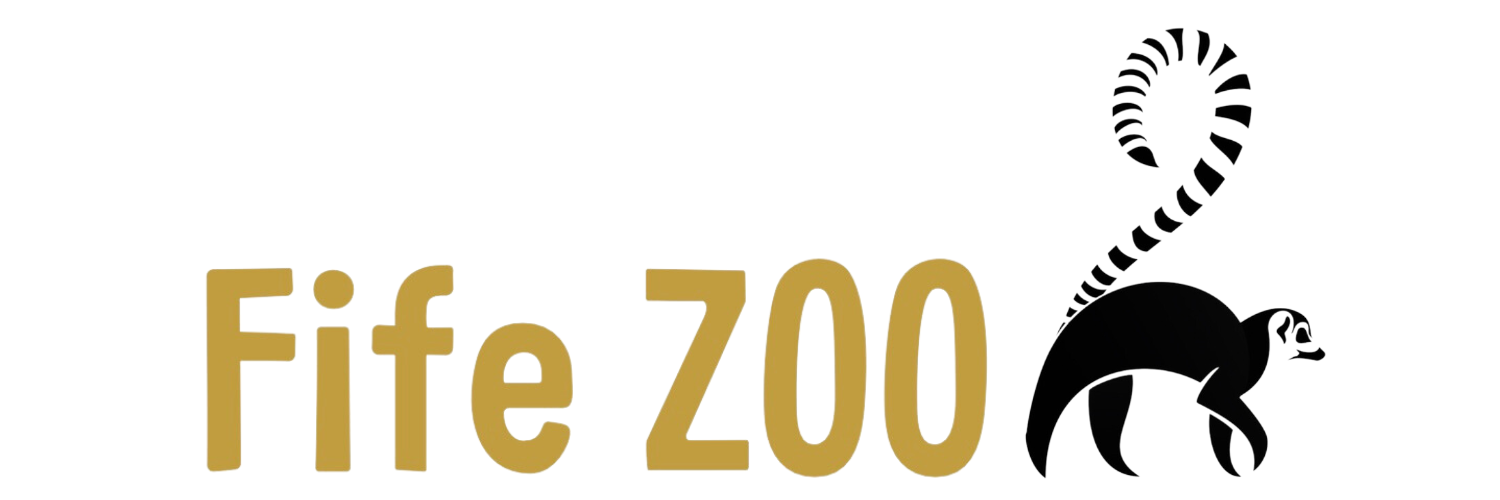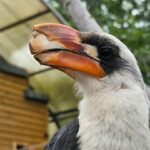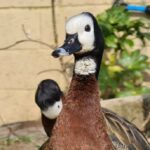Baby Tortoises Arrive at Fife Zoo
A trio of rare baby Red Footed tortoises have made an epic 350-mile journey from Nottinghamshire to their new home at Fife Zoo. Red Footed tortoises are unusual given that they are one of the very few number of tortoise species which require protein in their diet.
Having hatched at White Post Farm in Nottinghamshire in 2021, the tortoises embarked upon an
immense journey to their new home north of the border. Specialist keepers from White Post Farm
accompanied the tortoises throughout the entirety of their journey ahead of the tortoises going on
display at Fife Zoo this week.
The vast majority of tortoise species are herbivores, relying on grasses and plants to form the basis of
their diet. Red Footed tortoises also enjoy edible greens, but are considered omnivores given that their
diet also includes slow moving invertebrates such as worms, slugs and snails. Native to South America,
Red Footed tortoises are also recorded to have eaten the carrion of mammals and birds in the wild.
The tortoises’ move from Nottinghamshire to Fife Zoo is part of a conservation programme to manage
the captive number of Red Footed tortoises. According to conservationists, these tortoises are now
considered vulnerable to the threat of extinction due to increased habitat loss in their native range and
an increasing number of cases of smuggling for the illegal pet trade.
Mike said; “We’re delighted to welcome our three baby Red Footed tortoises to Fife Zoo and know that they are going to be popular with all of our visitors now that they have gone on display having completed all of their initial health checks.”
‘”We are hoping that these tortoises will be ambassadors for their wild counterparts and their presence
in the zoo will help to raise awareness of devastating habitat loss in South America. Unfortunately, there
are also a rising number of people deciding to own an exotic pet such as tortoises without realising the
specialist care that they require. Red footed tortoises have very specific temperature and humidity
requirements and their diet differs significantly from most other tortoises.”





